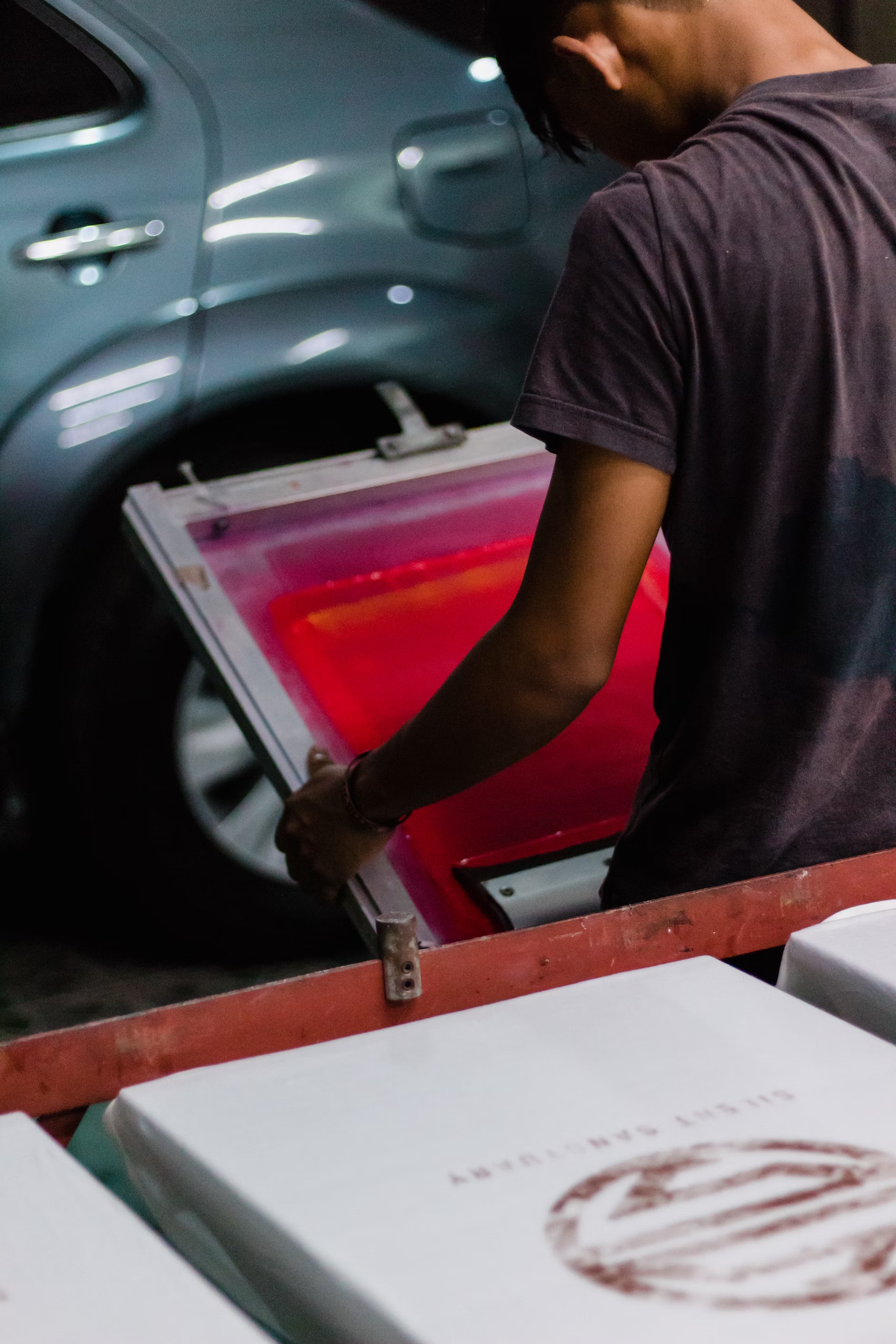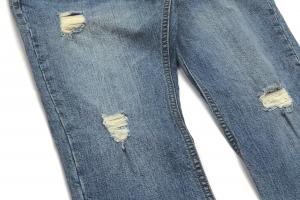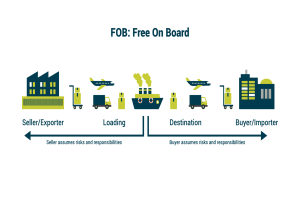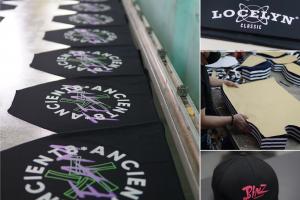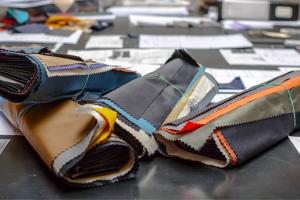Chenille embroidery is indeed used in garment mass production to create unique and textured designs on clothing. In mass production, the process is often automated using specialized embroidery machines that are capable of handling chenille yarn.
Here's a brief summary of how chenille embroidery is typically done for garment mass production:
-
Base Fabric Preparation: Start with the garment's base fabric, which can be various materials such as cotton, polyester, or a blend suitable for the desired application.
-
Chenille Yarn Feeding: Chenille yarn, with its characteristic fuzzy texture, is fed into the embroidery machine. The machine is programmed to follow a specific design pattern.
-
Stitching Process: The embroidery machine stitches over the fabric, securing the chenille yarn in place. The stitches and the use of chenille yarn create a raised and textured design.
-
Cutting (Optional): Depending on the desired effect, the chenille loops may be left intact for a softer look or cut to create a more defined texture. This cutting process can be done as part of the embroidery machine or in a separate step.
-
Finishing: After the chenille embroidery is complete, the garment may undergo additional processes such as steaming or brushing to enhance the softness and appearance of the chenille and to ensure a high-quality finish.
Chenille embroidery is versatile and can be used to create various designs, logos, and patterns on garments, adding a unique and tactile element to the clothing. It's often employed in the production of sportswear, casual wear, and other fashion items. Automated processes make it well-suited for mass production, ensuring consistent and efficient results.
